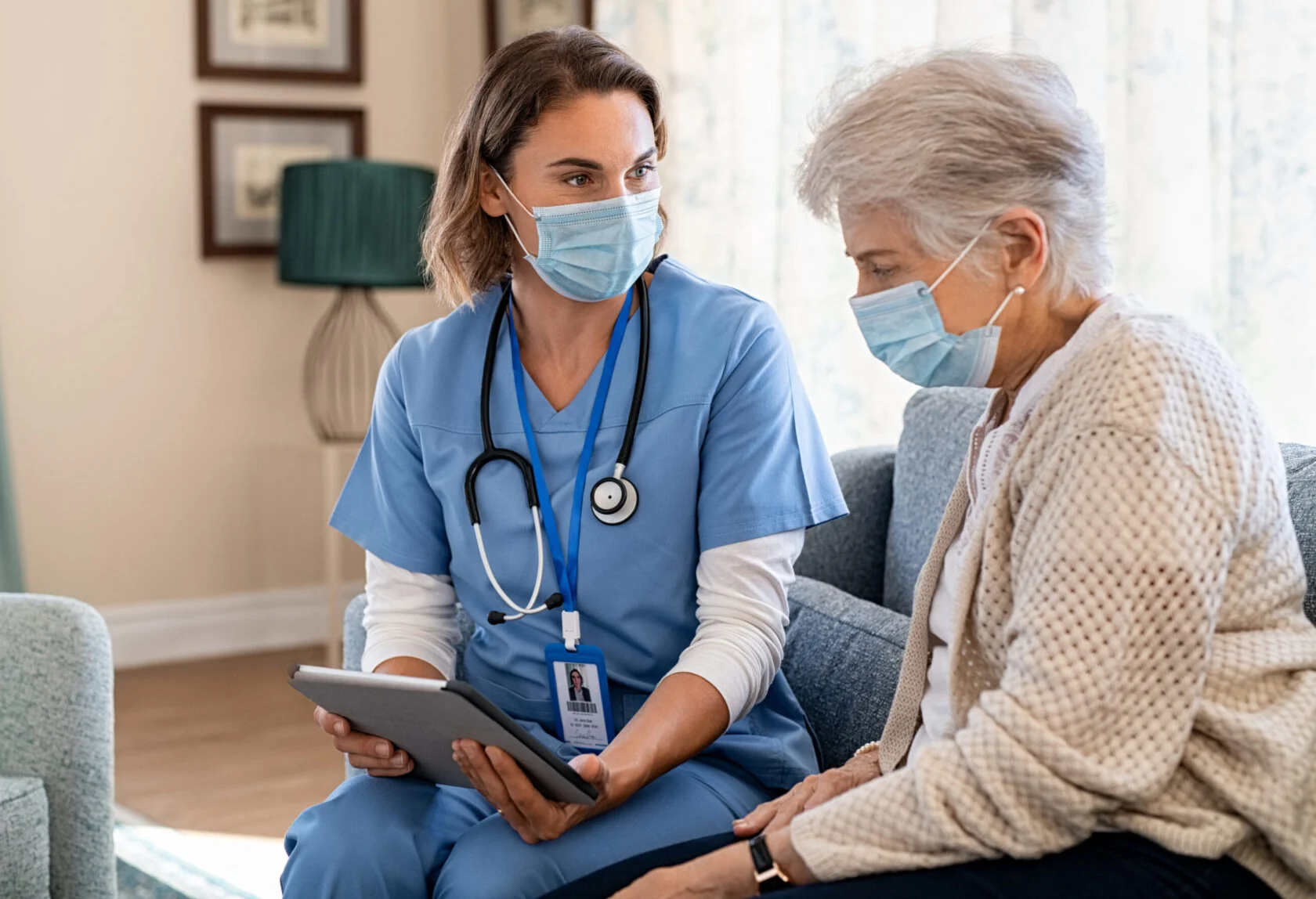Understanding the Importance of Remotely Monitoring
Remotely monitoring has become an essential component of modern healthcare. With increasing patient loads and the demand for personalized care, healthcare providers are turning to technology to track patient health outside traditional clinical settings. Remotely monitoring allows for continuous observation of patients’ vital signs, chronic conditions, and overall health, ensuring timely interventions and better outcomes.
Key Benefits of Remotely Monitoring
Healthcare providers who implement remotely monitoring experience several advantages. Firstly, it enhances patient safety by detecting early warning signs before they escalate into emergencies. Secondly, remotely monitoring reduces hospital readmissions, as providers can intervene when they notice concerning trends. Thirdly, it improves patient engagement, encouraging individuals to take an active role in their health management.
Technologies Supporting Remotely Monitoring
A wide array of technologies supports effective remotely monitoring. Wearable devices, such as smartwatches and fitness trackers, measure vital signs like heart rate, blood pressure, and oxygen saturation. Remote patient monitoring platforms collect and analyze this data in real time, alerting providers to any irregularities. Telehealth systems complement remotely monitoring by enabling virtual consultations, which ensures patients receive timely guidance without visiting a clinic.
Implementing Remotely Monitoring in Clinical Practice
Successfully integrating remotely monitoring into a healthcare practice requires careful planning. Providers should first identify which patients would benefit most, such as those with chronic conditions like diabetes, heart disease, or respiratory illnesses. Next, selecting reliable technology platforms that ensure accurate data collection and secure transmission is crucial. Staff training is also essential, as healthcare teams need to interpret data efficiently and respond to alerts appropriately.
Enhancing Chronic Disease Management with Remotely Monitoring
Chronic disease management benefits significantly from remotely monitoring. Conditions such as diabetes, hypertension, and COPD require continuous observation to prevent complications. Remotely monitoring enables providers to track patient progress between visits, adjust treatments in real time, and provide personalized recommendations. This approach reduces complications, improves quality of life, and lowers healthcare costs.
Patient Engagement and Remotely Monitoring
Remotely monitoring not only assists providers but also empowers patients. When patients are aware that their health is being continuously monitored, they are more likely to adhere to medication schedules, maintain healthy lifestyle choices, and attend follow-up appointments. Educational resources integrated with remotely monitoring platforms further engage patients by providing actionable insights based on their health data.
Data Security and Privacy in Remotely Monitoring
While remotely monitoring offers substantial benefits, it is critical to address data security and privacy. Healthcare providers must ensure that all collected data is encrypted and transmitted securely. Compliance with regulations such as HIPAA is mandatory to protect patient information. Additionally, educating patients about data privacy policies fosters trust and encourages active participation in remotely monitoring programs.
Challenges in Remotely Monitoring
Despite its advantages, remotely monitoring does present challenges. Technical issues, such as device malfunctions or connectivity problems, can hinder accurate data collection. Some patients may struggle with using monitoring devices effectively, especially older adults or those unfamiliar with technology. Healthcare providers must address these challenges through comprehensive training, troubleshooting support, and selecting user-friendly devices for remotely monitoring.
Measuring the Effectiveness of Remotely Monitoring
Healthcare organizations can evaluate the success of remotely monitoring programs through various metrics. Reduced hospital readmissions, improved patient satisfaction, and better chronic disease management outcomes are key indicators. Regularly reviewing these metrics helps providers refine protocols, optimize technology use, and enhance patient care through more effective remotely monitoring.
Future Trends in Remotely Monitoring
The future of remotely monitoring is promising. Advancements in artificial intelligence and machine learning will enable predictive analytics, allowing providers to anticipate health issues before they become critical. Integration with electronic health records will streamline workflows, making remotely monitoring more efficient and personalized. As technology evolves, remotely monitoring will become increasingly essential for proactive and patient-centered healthcare delivery.
Conclusion: Embracing Remotely Monitoring for Better Healthcare
Remotely monitoring is transforming the way healthcare providers deliver care. By offering continuous patient observation, enhancing chronic disease management, and promoting patient engagement, remotely monitoring significantly improves health outcomes. With proper implementation, training, and attention to data security, healthcare providers can leverage remotely monitoring to provide high-quality, personalized care. Embracing remotely monitoring is no longer optional; it is a necessary step toward modern, efficient, and patient-focused healthcare.



